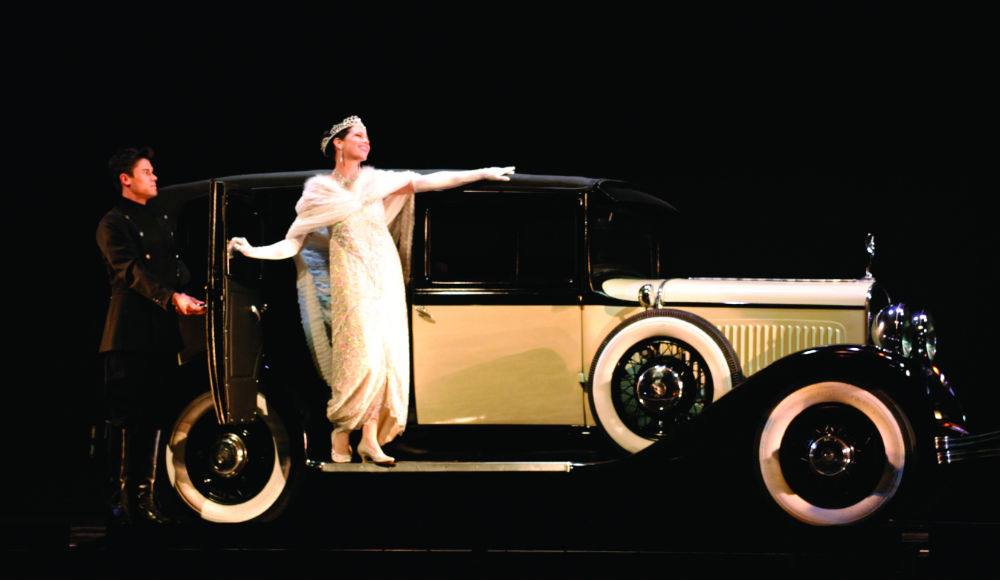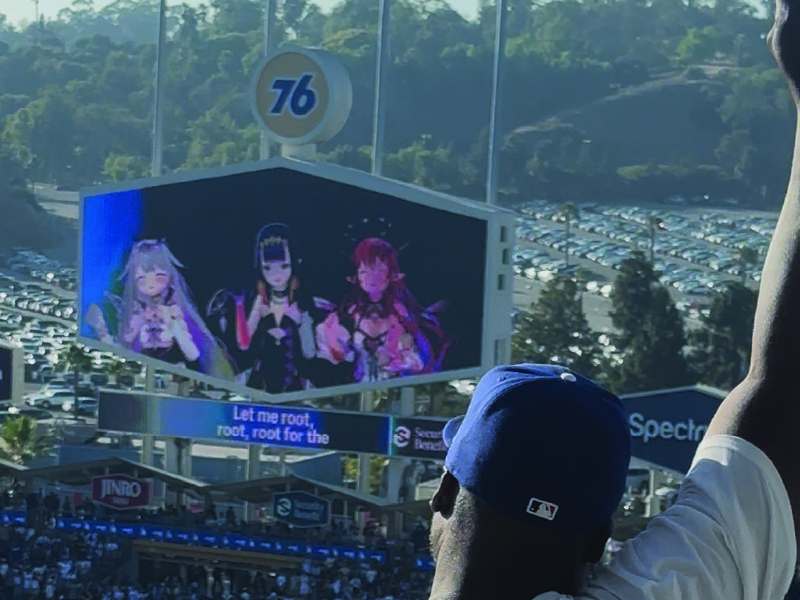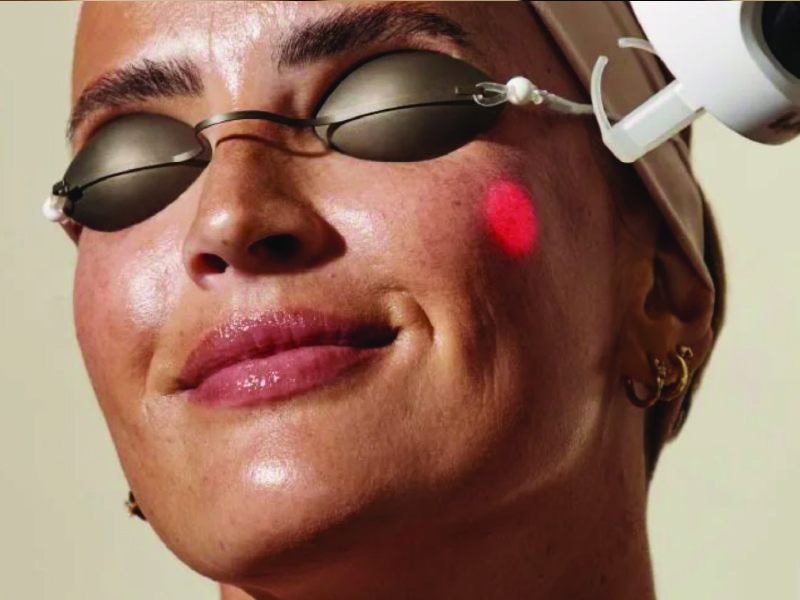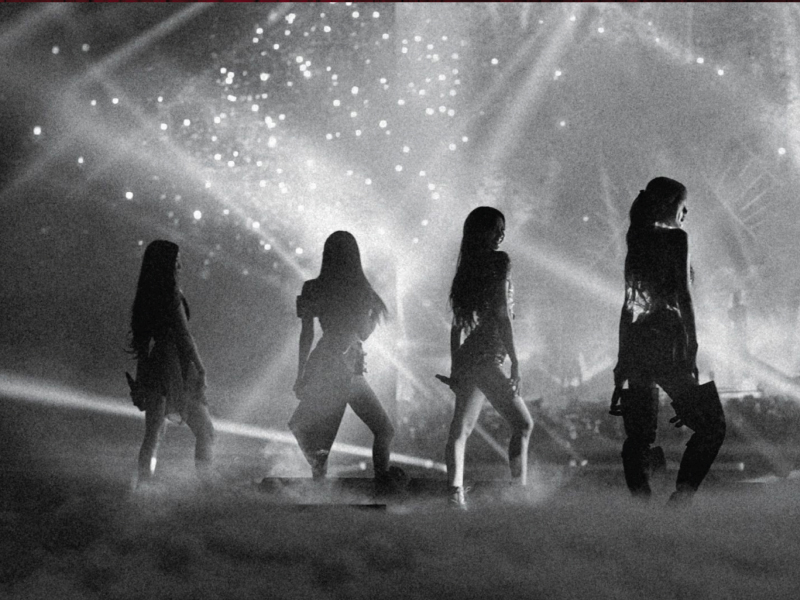
By Libby Slate.
At the beginning of the horror/ghost story The Woman in Black, which has been running in London’s West End for nearly 30 years, a man wanders onto a dimly lit stage, holding a script and mumbling. Does he even belong there?
“That’s the impression I wanted to create,” says director Robin Herford, whose U.S. production of the show plays the Pasadena Playhouse from Oct. 17 through Nov. 11. “I tell my actors, ‘I want you to enter as if you’re not supposed to be there.’ It’s a complete upturning from what an audience expects of a big entrance. They’re not sure what it’s about.”
And when a man from the back of the audience unexpectedly shouts at this lost soul, Herford continues, “the people find themselves eavesdropping on a conversation that’s intense—we need the audience to work, to employ their imaginations.”
The “big entrance” more commonly might be made with confidence, under strong lighting. Theater actors’ and opera singers’ entrances— and exits, as well—help convey the essence of their characters. Entrances and exits by orchestral performers substitute for the rise and fall of a curtain.
In The Woman in Black, “the whole theater is the set—you never know where the next entrance is,” Herford says. This aids in the telling of a suspenseful ghost tale.
And the apparition-like title character? Well, we’re not going to spoil the up-the-horror aspects of her appearances.
L.A. Opera has staged some memorable entrances: Patti LuPone, as over-the-top Turkish singer Samira, first appeared in 2015’s The Ghosts of Versailles riding a mechanical pink elephant. In the company’s 2014 Art Deco/Roaring ’20s setting of La Traviata, Elizabeth Futral as Violetta arrived at a party in an actual vintage automobile.
One essential entrance element: “The music,” says Louisa Muller, stage director of L.A. Opera’s Don Carlo, at the Dorothy Chandler Pavilion downtown Sept. 22-Oct. 14. “The entrance music tells something about the character. Often, it feels like the music is requiring something of the stage.”
Don Carlo’s Grand Inquisitor—who has been referred to, but doesn’t appear until the second act— “has powerful entrance music,” Muller says. “But he’s a frail old man who’s blind. You’re getting the information about his power through the music; you understand his role in the church and this society.”
No star entrance is required for the star power of Plácido Domingo in the cast, Muller says: “For him, the work always comes first. He of all people would never demand something that was not in the music or the character.”
It’s not the entrance alone, but the way everyone onstage reacts to the entrance, that sheds light on a character, she notes. “Is a character flanked with people? Is he entirely alone?”
Herford and Muller confer early with their set designers to get an idea of how entrances and exits can work physically. With orchestral performances, stage arrivals have become ritualized: the ensemble players enter first, followed by any soloists, then the conductor.
Jaime Martín, music director designate of the Los Angeles Chamber Orchestra, conducts the Mozart Requiem next April 27-28; LACO’s season launches Sept. 29 at the Alex Theatre in Glendale and Sept. 30 at UCLA’s Royce Hall. Concert performances typically begin with the audience’s entrance, then the tuning of the orchestra’s instruments, when, Martín says, “the barriers [between audience and musicians] are broken.”
Waiting backstage to enter, he says, “is the most terrifying moment. You’re there with your fears, but in a good way. It’s impossible not to be worried before you go to confront an audience—we care so much about what we do. It’s also a moment of solitude and reflection.”
A noted flutist before he turned to conducting, Martín says that the act of taking the stage as a soloist “may be more terrifying. The precision of playing a concerto, of standing up in front of the orchestra and the audience … the nuances are so small.”
At concert’s end, the conductor gauges how long to let the curtain calls run. “If you stay too long, it’s too self-indulgent,” he says. “The conductor gives a signal to the concertmaster to leave.”
For her part, Muller says, “I think about the energy of the exit—what are they leaving the stage to do? If you’re not careful, a singer sings an aria and [just] leaves. You have to think about where they are emotionally.”
Herford, who also acts, brings that sensibility to both performing and directing.
“Your first entrance tells the audience how you want the character perceived during the course of the play,” he says. “Your final exit is how you want them to remember you. You want to leave in the way that’s the most truthful and memorable. It’s your legacy.”
“La Traviata” photo by Robert Millard




